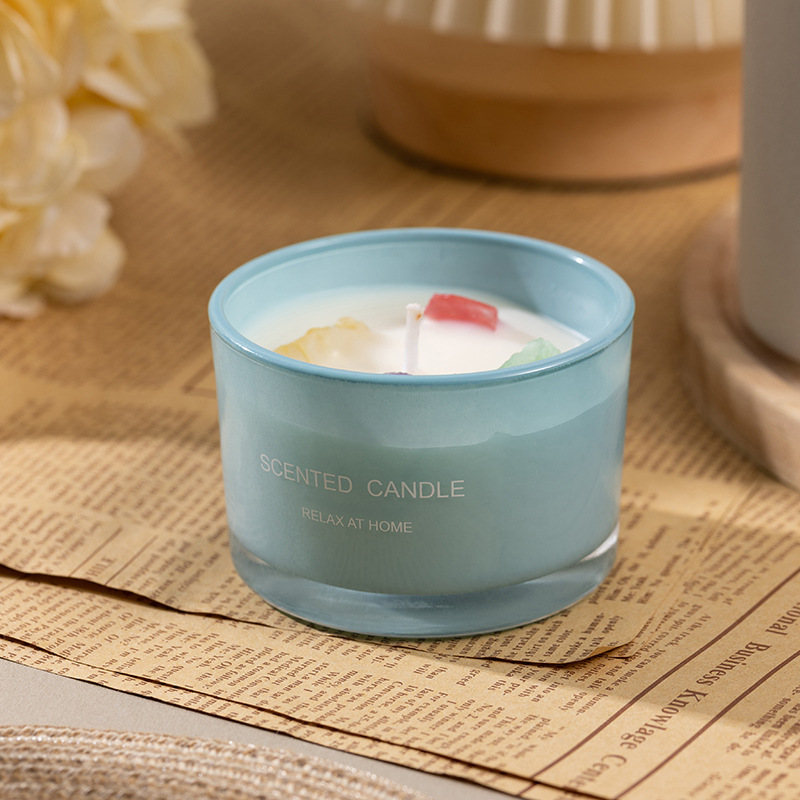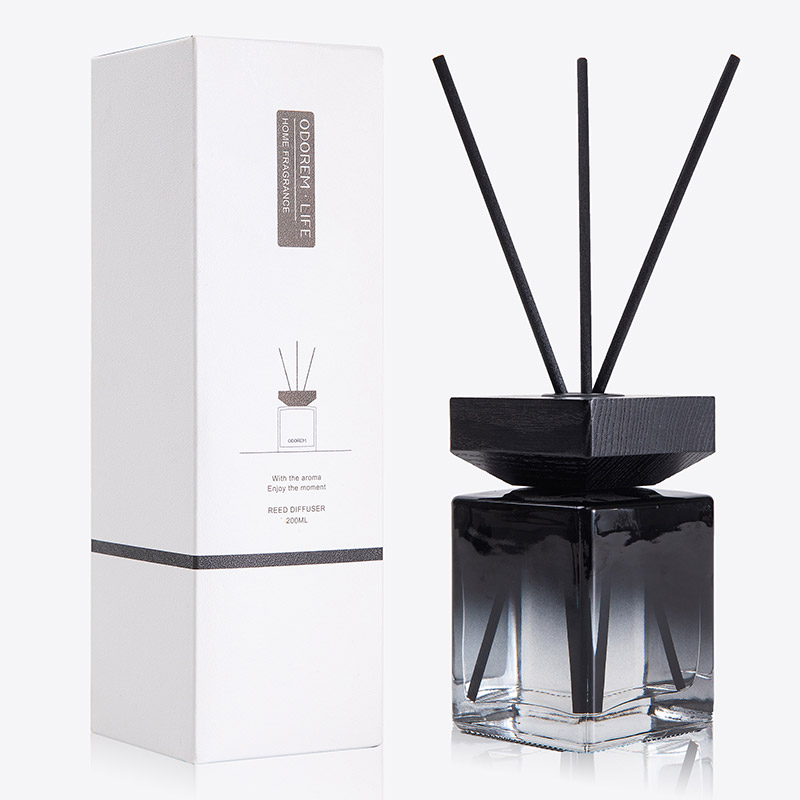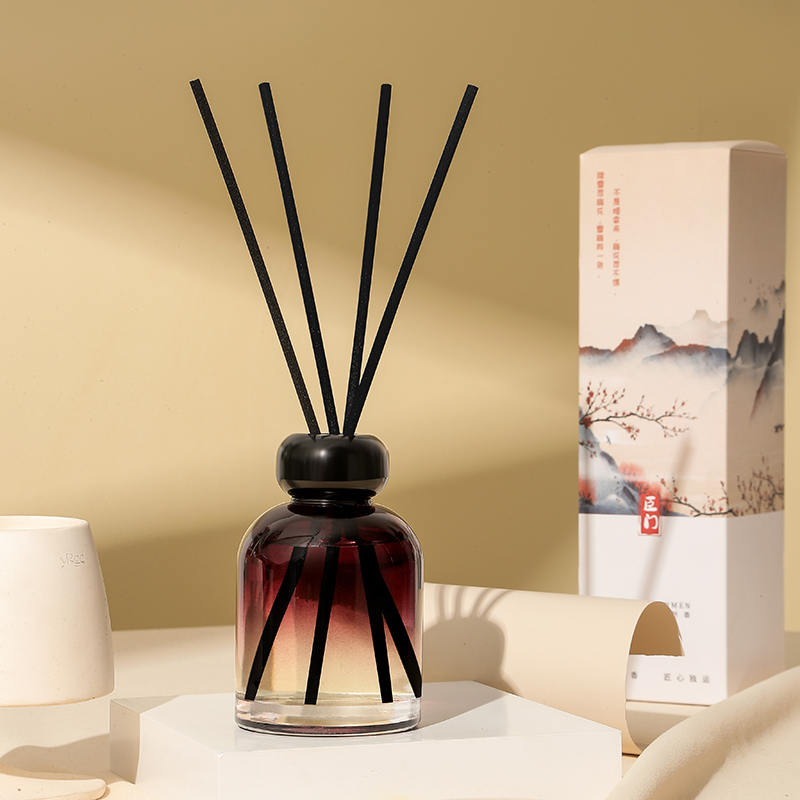What is a scented sachet?
What are the origins and traditional cultural connotations of scented sachets?
The origins of scented sachets can be traced back to ancient China, as early as the Warring States Period. Originally called "scented sachets," they were primarily used to hold spices and herbs, worn on the body to remove odors and repel insects. In traditional folk customs, scented sachets carry rich cultural connotations. For example, wearing scented sachets during the Dragon Boat Festival is an important custom. People would fill the sachets with herbs such as mugwort, calamus, and cloves to ward off evil spirits and pray for good health. In ancient marriage culture, scented sachets also served as tokens of love. Women would hand-sew exquisite sachets and give them to their loved ones as a token of affection. Furthermore, the embroidered patterns on sachets also contain auspicious symbols, such as dragons and phoenixes, flowers blooming with wealth, and longevity and health. These patterns reflect the ancient people's yearning for a better life and represent a fusion of traditional craftsmanship and folk culture.
What are the differences between traditional and modern scented sachets in terms of materials and fragrances?
Traditional sachets are mostly made of natural fabrics such as silk, cotton, and linen, which are soft and breathable. Some are also embellished with traditional techniques like embroidery and drawnwork, often featuring traditional auspicious motifs. Modern sachets are made from a wider variety of materials, including natural fabrics as well as newer materials like non-woven fabrics, velvet, leather, and nylon. Some also feature waterproof linings for enhanced durability, prioritizing both practicality and style. Traditional sachets primarily feature natural herbs and spices, such as mugwort, calamus, mint, cloves, agarwood, and sandalwood. These fragrances are naturally elegant and possess medicinal properties (such as repelling insects and calming the nerves). Modern sachets feature a richer selection of fragrances, including both natural and synthetic essences. The scents range from floral (rose, lavender), fruity (lemon, strawberry), and woody (cedar, cypress). Some also incorporate fragrance enhancers to extend the scent's duration, catering to diverse preferences.
What are the main functions of sachets? Besides their fragrance, what other practical benefits do they have?
The core function of sachets is "aromatic deodorization." By releasing fragrance, they mask odors and improve the odor of the environment. For example, placing them in a closet can remove clothing odors, placing them in a car can freshen the air, and carrying them around can enhance one's personal scent. A second function is "insect repellent." Traditional sachets contain herbs like mugwort and calamus, which have natural insect repellent properties. Placed in bedrooms and closets, they can repel mosquitoes and mites, reducing pest problems. Finally, they can "soothe the mind and aid sleep." The fragrance of some sachets, such as lavender, can soothe nerves and relax emotions. Placing them by the bedside can help improve sleep quality. Finally, sachets also have a decorative effect. Whether traditional embroidered or modern, they can be used as decorative items, hung on bags, in cars, or in the home, enhancing the aesthetics of the environment and showcasing one's personal taste.
What are some common materials used to make sachets? What are the steps involved?
Common materials for making sachets include: fabrics, such as cotton, silk, velvet and other breathable fabrics, and the color and pattern can be selected according to preference; fillings, which are divided into a spice layer and a support layer. The spice layer can be made of dried flowers (lavender, rose), herbs (mugwort, mint) or scented cotton, and the support layer can be made of pearl cotton or pp cotton to increase the three-dimensional effect of the sachet; tools, such as scissors, needles and thread, ribbons (for hanging ropes), and paintbrushes (for simple decoration). Production steps: Step 1, cutting the fabric, cutting the fabric into two identical shapes (such as square, circle, heart shape), the size is determined according to the needs (usually 10-15 cm); Step 2, sewing the prototype, placing the front sides of the two pieces of fabric facing each other, sewing along the edge with needle and thread, and reserving a 3-4 cm opening (for filling); Step 3, filling the material, first fill the supporting layer filler (pearl cotton) into the sewn fabric, adjust the shape to make it full, and then fill in the spices or scented cotton to ensure that the fragrance can be released normally; Step 4, sealing, sewing the reserved opening with needle and thread, you can use the hidden needle sewing method to make the seal more beautiful; Step 5, decorative processing, you can embroider a simple pattern on the surface of the sachet, or tie a ribbon to make a lanyard, and a simple sachet is completed.

 English
English Español
Español عربى
عربى






